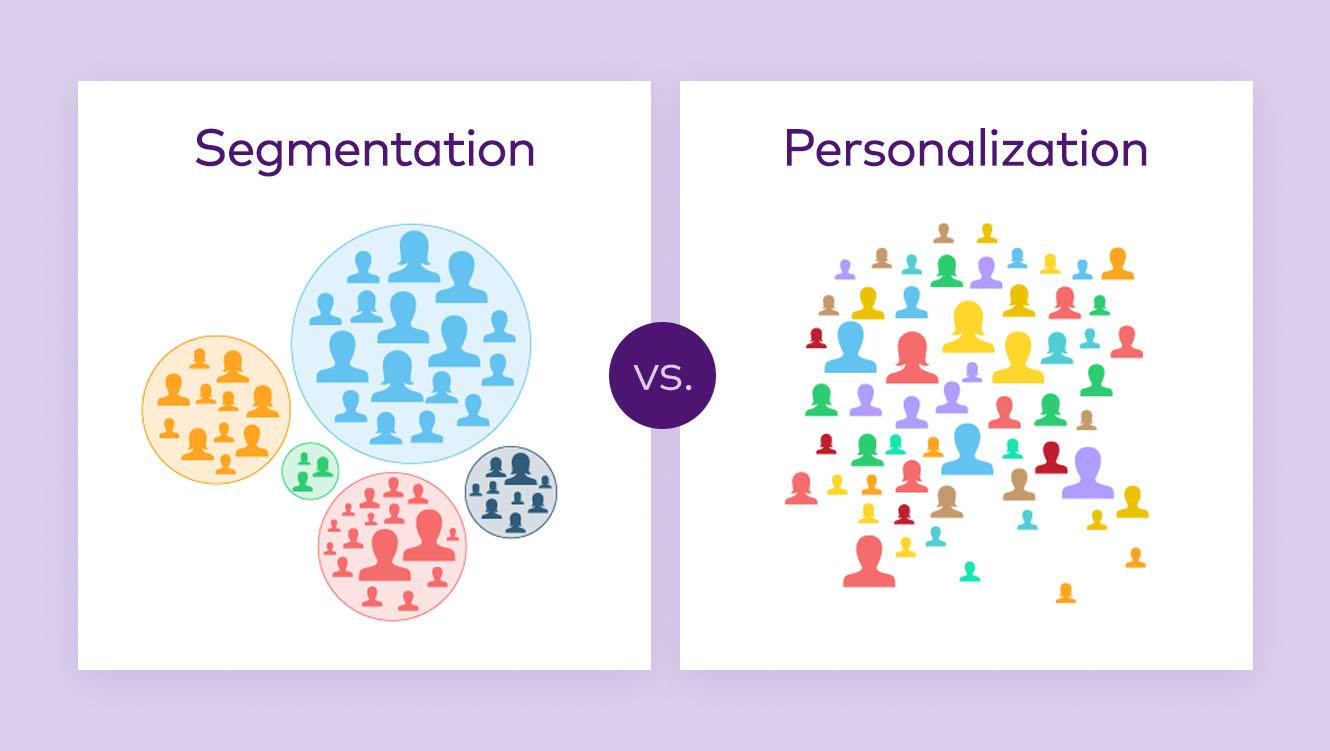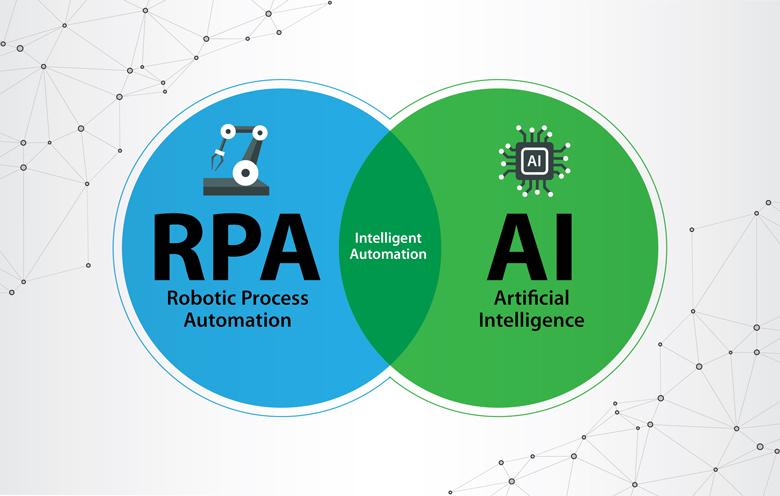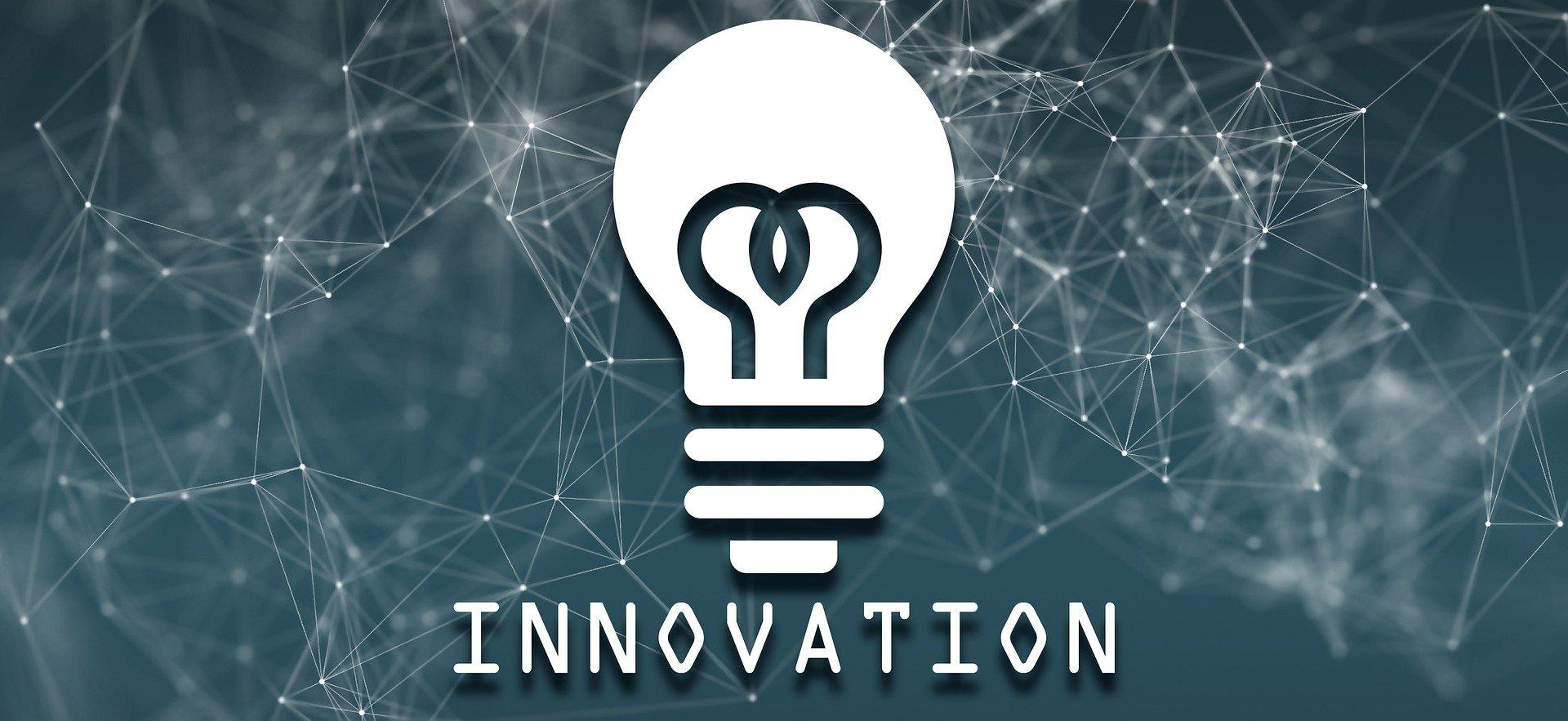In an era defined by rapid technological transformation, the banking sector stands on the brink of a revolutionary shift, one that promises to redefine the very landscape of commerce. At the heart of this evolution is generative artificial intelligence (AI), a powerful tool poised to reshape how financial services operate, interact with customers, and respond to market demands. As traditional practices give way to innovative digital solutions, the integration of generative AI presents a multitude of opportunities that could streamline processes, enhance customer engagement, and drive business growth. In this article, we will explore four key ways generative AI is set to innovate the banking industry, revealing the potential for a more agile, responsive, and user-centric commerce ecosystem. Join us as we delve into this fascinating intersection of finance and technology, where the future of banking is being reimagined before our very eyes.
Harnessing Personalization to Enhance Customer Experience
In the quest for enhanced customer experience, financial institutions are increasingly turning to generative AI as a means to deliver personalized interactions. By leveraging sophisticated algorithms, banks can analyze vast amounts of consumer data to curate recommendations and insights tailored to individual preferences. This level of customization not only fosters a deeper connection with customers but also empowers them to make informed financial decisions. Examples of such personalized services include targeted product recommendations, adaptive communication strategies, and real-time assistance, which collectively enhance customer satisfaction and loyalty.
The implementation of generative AI enables institutions to move beyond static customer profiles by creating dynamic views that evolve with customer behavior. Through mechanisms such as continuous learning and predictive analysis, banks can deliver tailored experiences that resonate more acutely with their clientele. Key features enhancing this personalization include:
- Behavioral Analytics: Understanding spending habits to offer bespoke financial advice.
- Personalized Notifications: Delivering timely alerts regarding account activities, spending trends, or potential savings.
- Customized Product Offerings: Proposing solutions that align with life stages and financial goals.

Streamlining Operations with Intelligent Automation
In the rapidly evolving landscape of banking, intelligent automation is proving to be a game-changer, enabling institutions to enhance operational efficiency and reduce costs. By leveraging generative AI technologies, banks can automate repetitive tasks such as data entry, compliance checks, and transaction processing. This not only frees up valuable human resources but also minimizes errors that are often inherent in manual processes. With the capacity for real-time data analysis, advanced AI systems can identify patterns and trends that inform strategic decision-making, further optimizing operations.
Furthermore, intelligent automation can lead to improved customer experiences by offering personalized services tailored to individual needs. Key applications include:
- Chatbots and Virtual Assistants: Available 24/7 to answer customer inquiries, offering support and problem resolution.
- Risk Management: Automation in risk assessment and fraud detection enhances safety and reliability for transactions.
- Streamlined Onboarding: Automated processes simplify account opening and loan applications, significantly reducing wait times.
As organizations adapt to these advancements, they will not only boost productivity but also drive innovation, creating a more agile banking environment that responds swiftly to market changes.

Strengthening Security Protocols through Advanced Learning
The financial sector faces continuous challenges in safeguarding sensitive information from evolving cyber threats. Advanced learning techniques, particularly through generative AI, will enable banks to enhance their security protocols significantly. By leveraging machine learning algorithms, institutions can analyze vast amounts of transactional data in real-time, identifying patterns and potential anomalies that human analysts might overlook. This enables prompt intervention and mitigates the risk of data breaches, ensuring robust protection of customer information. Furthermore, AI-driven systems can adapt over time, learning from new threats and strengthening security measures as they evolve.
To complement these advancements, the integration of advanced technologies can streamline compliance procedures. With the growing complexity of regulatory requirements, AI can automate and optimize compliance checks, making them more efficient and less prone to error. This allows financial institutions to focus on innovation rather than being bogged down by outdated processes. Key benefits include:
- Real-time Threat Detection: Quickly identify and respond to potential risks.
- Data Encryption: Enhance data security through sophisticated encryption algorithms.
- Automated Compliance Reporting: Reduce human error and improve reporting precision.

Fostering Innovation in Product Development and Services
Generative AI is a catalyst for transformation in banking, enabling institutions to innovate their products and services in ways previously thought impossible. By harnessing machine learning algorithms and vast datasets, financial organizations can create hyper-personalized offerings tailored to individual customer needs. Features such as AI-driven chatbots and automated investment advisors empower customers to interact seamlessly with their banks, enhancing user experience and satisfaction. Moreover, predictive analytics allows banks to anticipate market trends and adjust their strategies accordingly, thereby staying ahead of the competition.
Furthermore, collaboration between financial institutions and tech startups fosters an ecosystem ripe for experimentation. Through partnerships, banks can access cutting-edge technologies without heavy investments. Initiatives like hackathons and innovation labs encourage employees to think creatively and challenge the status quo, leading to unexpected breakthroughs. To illustrate this shift, consider the following table highlighting innovative banking solutions powered by generative AI:
| Innovation | Description |
|---|---|
| Automated Loan Processing | AI algorithms assess creditworthiness and streamline approvals. |
| Personalized Financial Planning | Generative AI creates tailored financial strategies based on user inputs. |
| Fraud Detection | Real-time AI monitoring identifies suspicious activities, minimizing risk. |
| Smart Contracts | Automated agreements execute transactions securely based on predefined conditions. |
To Conclude
As we stand on the threshold of a new era in banking, the integration of generative AI promises to redefine the very fabric of commerce. From enhancing customer experiences to streamlining operations, these four transformative methods illustrate just a glimpse of the vast potential that lies ahead. As financial institutions embrace this sophisticated technology, the landscape of banking will not only evolve but will also usher in unprecedented opportunities for innovation and growth.
As we navigate this journey, it’s essential for both consumers and institutions to remain adaptable and open-minded, embracing the changes that generative AI will bring. With every advancement comes a chance to foster deeper connections and create more efficient systems that serve us all. So, as we look forward to the future of commerce, let us stay informed and engaged, ready to harness the power of technology to build a banking experience that is not only smarter but also more inclusive and equitable. The revolution is here—let’s embark on it together.